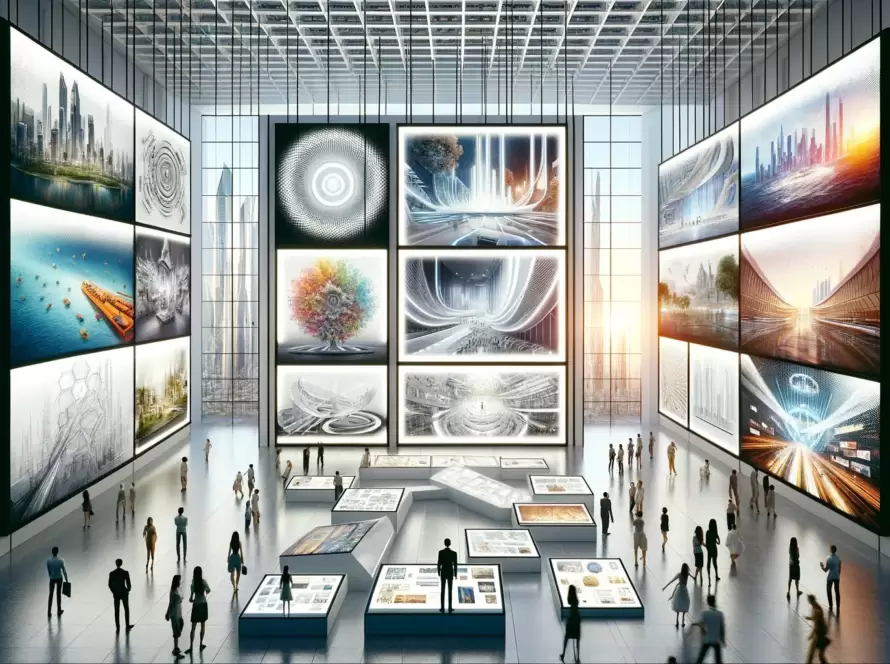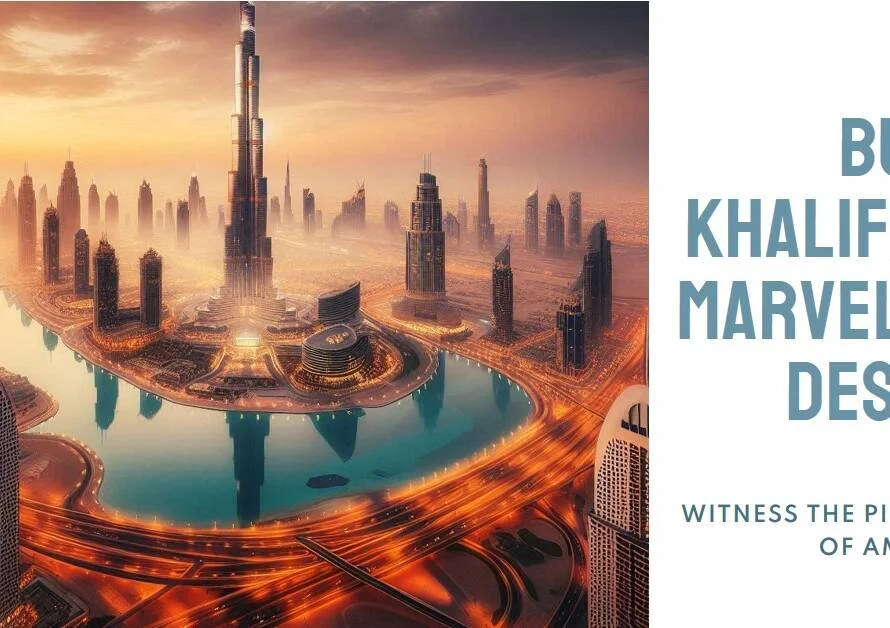
Table of Contents
- Introduction: Unleashing Python’s Potential in 3D Modelling
- The Basics of 3D Modelling:
- Why Python for 3D Modelling?
- Setting Up Your Python Environment for 3D Modelling:
- Getting Started with Blender and Python:
- Advanced Modelling Techniques with PyOpenGL:
- Visualizing Data with VTK:
- Animation and Simulation:
- Rendering and Exporting 3D Models:
- Practical Applications and Future Trends:
- Conclusion: The Power of Python in 3D Modelling
Introduction: Unleashing Python’s Potential in 3D Modelling
Python, a versatile and powerful programming language, has cemented its place in numerous domains, from web development to data science. However, one of its lesser-known yet equally impressive applications is in the realm of 3D modeling. This blog post delves into the fascinating world of 3D modeling with Python, highlighting how this language can be a game-changer in creating intricate and realistic 3D models.
In the following sections, we will explore various tools, libraries, and techniques that make Python a formidable player in the 3D modeling space. From understanding the basics to diving into advanced rendering and animation, this comprehensive guide will provide you with the knowledge and skills needed to harness Python’s power in 3D modeling.
The Basics of 3D Modelling:
Before diving into the specifics of how Python can be utilized for 3D modeling, it is essential to understand the fundamentals of 3D modeling itself. 3D modeling is the process of creating a mathematical representation of a three-dimensional object or shape. These models can be created manually, algorithmically, or by scanning real-world objects.
The primary components of 3D models include vertices, edges, and faces. Vertices are points in 3D space, edges are lines connecting two vertices, and faces are flat surfaces enclosed by edges. Understanding these basic building blocks is crucial for anyone looking to delve into 3D modeling.
Why Python for 3D Modelling?
Python’s simplicity and readability make it an ideal choice for beginners and professionals alike. Its extensive ecosystem of libraries and frameworks allows for a wide range of applications, including 3D modeling. Moreover, Python’s ability to integrate with other programming languages and tools further enhances its versatility.
Several libraries such as Blender, PyOpenGL, and VTK provide robust platforms for creating and manipulating 3D models. These libraries offer comprehensive documentation and active communities, making it easier for developers to get started and find support when needed.
Setting Up Your Python Environment for 3D Modelling:
To begin 3D modeling with Python, it is crucial to set up the appropriate environment. This involves installing Python and necessary libraries, as well as configuring your development setup.
First, ensure you have Python installed on your machine. You can download the latest version from the official Python website. Next, you’ll need to install essential libraries. Using pip, Python’s package installer, you can easily install libraries like Blender, PyOpenGL, and VTK. Setting up a virtual environment can also help manage dependencies and keep your projects organized.
Getting Started with Blender and Python:
Blender is one of the most popular open-source tools for 3D modeling, and it has a robust API for Python scripting. This section will guide you through the basics of using Blender in conjunction with Python.
Begin by installing Blender and exploring its user interface. Blender’s scripting interface allows you to automate tasks, create custom tools, and develop complex models. By writing Python scripts, you can control almost every aspect of Blender, from creating objects to rendering scenes. A simple script to create a cube, for example, demonstrates the power and ease of using Python within Blender.
Advanced Modelling Techniques with PyOpenGL:
PyOpenGL is the Python binding to OpenGL, a powerful graphics library. This section focuses on using PyOpenGL for advanced 3D modeling techniques. PyOpenGL allows for fine-grained control over rendering and enables the creation of highly detailed and complex models.
Start by understanding the basics of OpenGL, including its rendering pipeline and how it handles 3D objects. Then, dive into more advanced topics such as shading, lighting, and texture mapping. These techniques are essential for creating realistic and visually appealing 3D models.
Visualizing Data with VTK:
The Visualization Toolkit (VTK) is a powerful library for 3D computer graphics, image processing, and visualization. VTK is particularly useful for scientific and medical applications, where visualizing complex data sets is crucial.
In this section, learn how to install and set up VTK in your Python environment. Explore how to create basic visualizations and gradually move towards more complex scenarios. VTK’s extensive functionality allows for interactive visualizations, making it a valuable tool for researchers and developers alike.


Animation and Simulation:
3D modeling is not just about static objects; animation and simulation add a dynamic aspect that can bring models to life. This section explores how Python can be used to animate 3D models and simulate real-world physics.
Using Blender and its Python API, you can create animations by defining keyframes and interpolating between them. Additionally, libraries like PyBullet offer physics simulations that can be integrated with your 3D models, adding realistic movements and interactions.
Rendering and Exporting 3D Models:
Rendering is the process of generating an image from a 3D model, and it plays a crucial role in the final presentation of your work. This section covers the basics of rendering and how to export your 3D models for use in other applications.
Learn about different rendering techniques and tools available in Python, such as Blender’s built-in rendering engine. Understand how to export your models in various formats, ensuring compatibility with other software and platforms.
Practical Applications and Future Trends:
The applications of 3D modeling with Python are vast and varied. From gaming and animation to scientific visualization and virtual reality, the possibilities are endless. This section explores some of the most exciting and innovative applications of 3D modeling with Python.
Looking ahead, the future of 3D modeling with Python is bright. With continuous advancements in technology and increasing accessibility of powerful tools, the potential for innovation is immense. Stay updated with the latest trends and keep exploring new techniques to stay ahead in this dynamic field.
Conclusion: The Power of Python in 3D Modelling
In conclusion, Python’s versatility and ease of use make it an excellent choice for 3D modeling. Whether you are a beginner looking to explore the basics or an experienced developer aiming to push the boundaries of what is possible, Python offers the tools and resources needed to succeed. By leveraging libraries like Blender, PyOpenGL, and VTK, you can create stunning and realistic 3D models, bringing your ideas to life in ways you never imagined.


